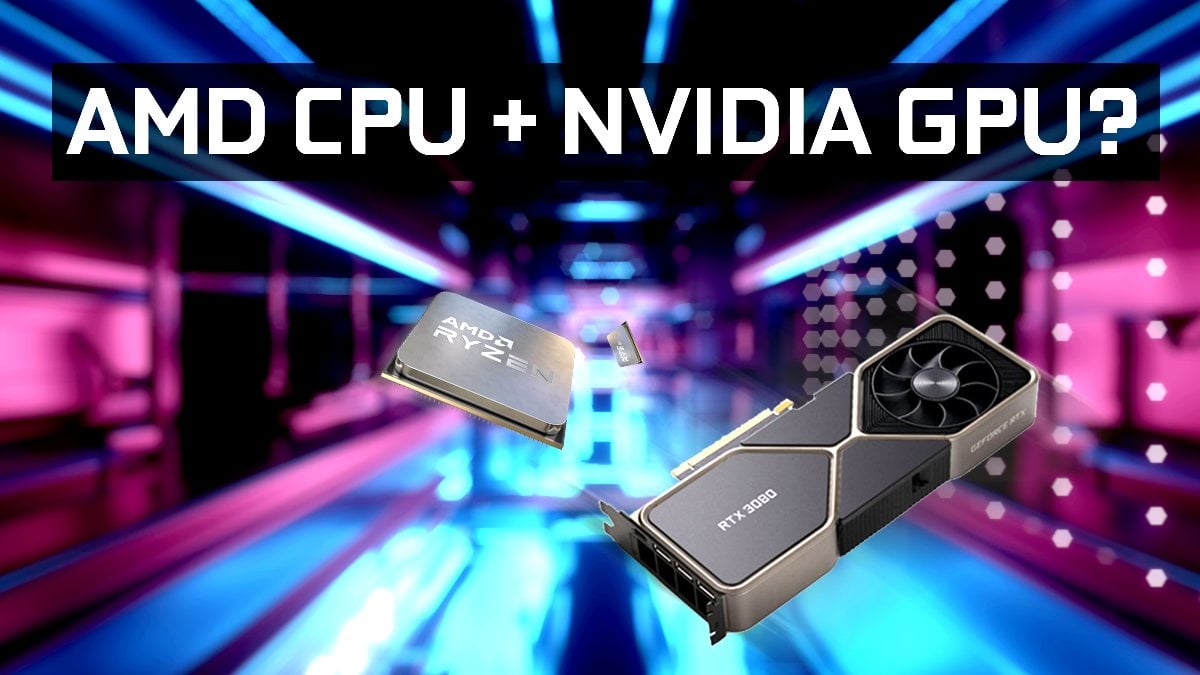

This results in faster processing of specialized computing tasks. GPUs use parallel processing, dividing tasks into smaller subtasks that are distributed among a vast number of processor cores in the GPU. They can be integrated into the CPU or they can be discrete (i.e., separate from the CPU with its own RAM). GPUs function similarly to CPUs and contain similar components (e.g., cores, memory, etc). This kind of computing is often called “GPGPU,” or “General Purpose GPU.” While originally designed for rendering 2D and 3D images, videos, and animations on a computer, today’s GPUs are used in applications far beyond graphics processing, including big analytics and machine learning. What Is a GPU?Ī GPU, or graphics processing unit, is a computer processor that uses accelerated calculations to render intensive high-resolution images and graphics. A CPU processes tasks sequentially with tasks divided among its multiple cores to achieve multitasking. Traditionally, CPUs were single core, but today’s CPUs are multicore, having two or more processors for enhanced performance. The core is the central architecture of the CPU where all the computation and logic occur. These all work together to enable the computer to run multiple applications at the same time. Standard components of a CPU include one or more cores, cache, memory management unit (MMU), and the CPU clock and control unit. It’s typically a small but powerful chip integrated into the computer’s motherboard.Ī CPU is considered the computer’s brain because it interprets and executes most of the computer’s hardware and software instructions. What Is a CPU?Ī central processing unit, or CPU, is a processor that processes the basic instructions of a computer, such as arithmetic, logical functions, and I/O operations.


In this article, we’ll compare the differences between a CPU and a GPU, as well as the applications for each with machine learning, neural networks, and deep learning. This makes them ideal for handling the massively distributed computational processes required for machine learning. While CPUs can process many general tasks in a fast, sequential manner, GPUs use parallel computing to break down massively complex problems into multiple smaller simultaneous calculations.


 0 kommentar(er)
0 kommentar(er)
